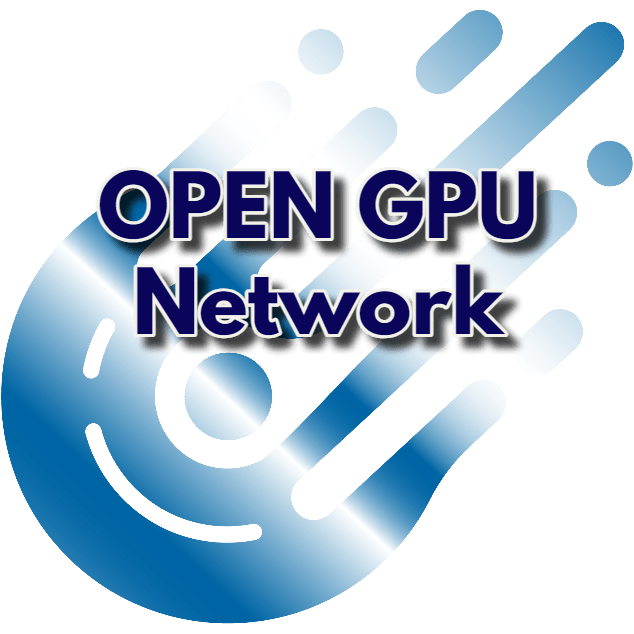Open GPU Network – introduction. Here are the features of this new decentralized ecosystem and direct access to its website.
The OPEN GPU NETWORK’s mission is to redefine the computational landscape for AI applications by providing a decentralized GPU sharing economy. At the heart of this ecosystem is the oGPU token, a cryptographic asset powered by Ethereum blockchain, ensuring secure and transparent transactions within the network.
The initial deployment on the Ethereum network will allow for the robustness of tested smart contracts, with plans to migrate to a dedicated layer designed to optimize transaction throughput and reduce latency, crucial for real-time AI computations.
Open GPU Network and introduction to Decentralized Computing for AI Applications
The burgeoning field of AI demands computational resources that exceed the capacity of traditional centralized infrastructures. The OPEN GPU NETWORK addresses this needthrough a decentralized architecture, enabling a vast and untapped reservoir of GPU resources across a dispersed network.
By leveraging a peer-to-peer (P2P) topology, the network sidesteps the bottlenecks inherent in centralized systems, distributing computation across multiple nodes to ensure redundancy, fault tolerance, and high availability.
This approach not only facilitates intense computational tasks inherent to AI but also fosters an environment conducive to innovation and rapid scaling.
Introducing the OPEN GPU NETWORK and its purpose
The mission of the OPEN GPU NETWORK is to revolutionize the computational realm for AI endeavors through establishing a decentralized GPU sharing economy.
Central to this ecosystem is the oGPU token, a cryptographic currency leveraging Ethereum blockchain technology, guaranteeing secure and transparent transactions throughout the network. Initially launched on the Ethereum network, this deployment ensures the reliability of proven smart contracts, with future plans to transition to a dedicated layer tailored to enhance transaction speed and minimize latency, essential for real-time AI processing.
Elevated Architecture Overview:
The OPEN GPU NETWORK’s architectural framework is structured around a multi-layered protocol stack. At its foundation, the blockchain protocol guarantees immutability and consensus throughout the distributed ledger. Smart contracts automate the network’s functions, managing everything from task allocation to token rewards.
The interaction layer encompasses the API gateway, serving as the interface for customer script submissions and node provider registrations. Above this layer is the orchestration layer, housing a balanced scheduler that strategically assigns AI tasks across the network, considering node availability and computational needs.
oGPU token – Tokenomics and Economic Framework:
The oGPU token plays several pivotal roles within the ecosystem: it acts as the currency for customers to purchase computational services, serves as the reward for node providers contributing GPU power, and facilitates the settlement of transaction fees that support network upkeep and advancement.
With a fixed supply cap set at 21 million oGPU tokens and a 5% buy-sell tax, a deflationary pressure is maintained, encouraging early adoption and sustained holding over the long term. Additionally, the maximum wallet limit of 2% is implemented to deter market manipulation and promote a fair distribution of tokens among participants.
To conclude and summarize:
The oGPU (OPEN GPU) Network Services platform harnesses decentralized computing to elevate AI research and graphical processing tasks on a global scale. By pooling idle GPU resources from diverse nodes throughout the network, it delivers scalable, efficient, and budget-friendly computing power to developers, researchers, and enterprises.
This strategy enhances resource utilization, diminishes computational bottlenecks, and encourages innovation in AI and graphics-intensive applications, thereby democratizing access to state-of-the-art technology and making high-performance computing resources more accessible.
